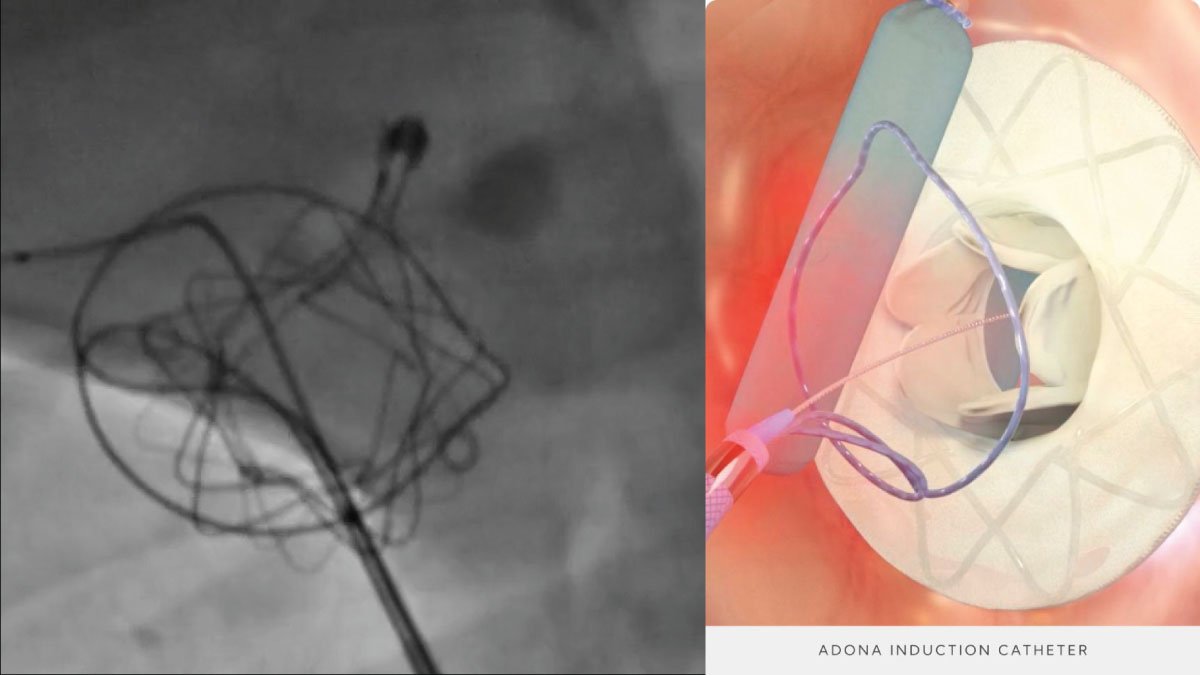Motion-Compatible Brain Scanner Developed by WVU Revolutionizes Neuroimaging

West Virginia University (WVU) has launched an innovative motion-compatible brain scanner that permits patients to move around during scans, marking a major advancement in neuroimaging technology.
Motion-Compatible Brain Scanner: A Revolutionary Breakthrough in Neuroimaging
West Virginia University (WVU) has unveiled a groundbreaking imaging technique, a major innovation in neuroimaging technology that allows patients to undergo scans while in movement. This device represents a crucial shift in the methodology of brain imaging, making it feasible for individuals to walk or perform activities during scans. This development is especially important for patients who find it difficult to remain stationary for prolonged periods, such as children or those with neurological conditions.
A Game-Changer in Neuroimaging
The motion-compatible brain scanner developed by WVU offers numerous benefits over conventional neuroimaging techniques. A key advantage is the ability to record brain activity during natural movements, providing more precise and realistic insights into brain function. This capability is particularly beneficial for studying neurological conditions involving movement issues, such as Parkinson’s disease or epilepsy.
Furthermore, the scanner’s design that allows for movement reduces the discomfort and stress typically associated with traditional brain scans. Patients are no longer required to stay still, which can be especially challenging for certain groups, including children, the elderly, or those with anxiety disorders. This advancement not only improves the patient experience but also increases the success rate of the scans.
Potential Applications of Motion-Compatible Brain Scanner and Future Developments
The motion-compatible brain scanner is set to transform various medical disciplines, especially in the development of new medical devices and treatments. For example, it could lead to more precise diagnostics and tailored treatment plans for patients with neurological disorders. The ability to monitor brain activity in real-time, while patients engage in daily activities, could result in more effective therapies and interventions.
In the coming years, this technology could be integrated with other medical devices, such as wearable sensors, to create comprehensive monitoring systems for patients with chronic neurological conditions. These systems could provide continuous, real-time data to healthcare providers, enabling more accurate and timely interventions.
Conclusion
West Virginia University’s creation of a motion-compatible brain scanner represents a significant advancement in the field of neuroimaging. By allowing patients to move freely during scans, this technology not only improves the patient experience but also opens up new avenues for research and treatment. As this technology continues to evolve, it is poised to play a crucial role in the future of brain imaging, offering more precise diagnostics and paving the way for innovative medical devices and therapies.




















